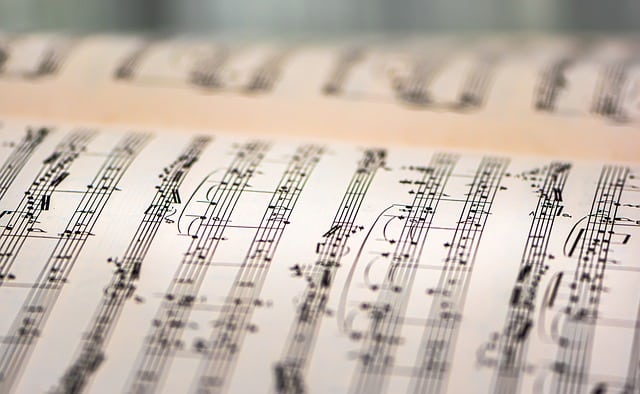
An eighth note is a musical figure.
In order to know the meaning of the term eighth note , it is necessary, first of all, to discover its etymological origin. In this case, we can state that it is a word that derives from French, exactly from crochee , which can be translated as "crooked."
A musical figure that is worth one- eighth of a measure is called an eighth note (a measure that lasts four quarter notes: that is, two quarter notes or a quarter note).
In Italy it is called chroma while in the United Kingdom and Canada it is known as quaver . Not to mention that in the United States it is called eighth note .
Features of the eighth note
The eighth note is graphically represented with an oval-shaped note head that is painted black, with a vertical stem that has a single bracket and hook shape. The direction of this escrow varies according to the position of the note and other issues.
The duration of the eighth notes is half a beat in binary subdivision measures. That is why these figures are equivalent to 1/8 of a quarter note (worth four beats), 1/4 of a quarter note (two beats) and half of a quarter note (one beat). Also to eight semifusas , four semifusas and two sixteenth notes . When a dot is added, the duration of the figure is its usual value added to half of that value .
The silence of the eighth note , for its part, has the same value as the figure. This means that, during that period (equivalent to half a quarter note), there is a pause in the music and no sound is emitted.

The eighth note lasts half a beat.
How to write your sign with ASCII code
If you want to type the sign of an eighth note with a computer keyboard using ASCII code , you must hold down the Alt key and then 1 and 3 (♪), in that order.
To write two joined eighth notes, meanwhile, the combination is Alt + 1 and then 4 (♫).
From the eighth note to the sixteenth note
In addition to everything indicated, we cannot ignore that there is also another note, which is the sixteenth note, which follows the eighth note in a scale from major to minor. Specifically, it is a musical figure that is equivalent to 1/16 of the value of the round.
The sixteenth note is represented with a black oval note head as well as with a vertical stem that is made up of two brackets or virgules that take the shape of corners or hooks.
We can state that the silence of the sixteenth note is its equivalent silence, that is, its silence has the same value. What this means is that during that time no sound is emitted.
In addition to everything indicated, it must be established that the value of the sixteenth note is equivalent to
-The eighth part of a white one.
-2 fusas.
-The sixteenth part of a round.
-The fourth part of a black one.
-A 4 semifusas.
-In the middle of an eighth note.
